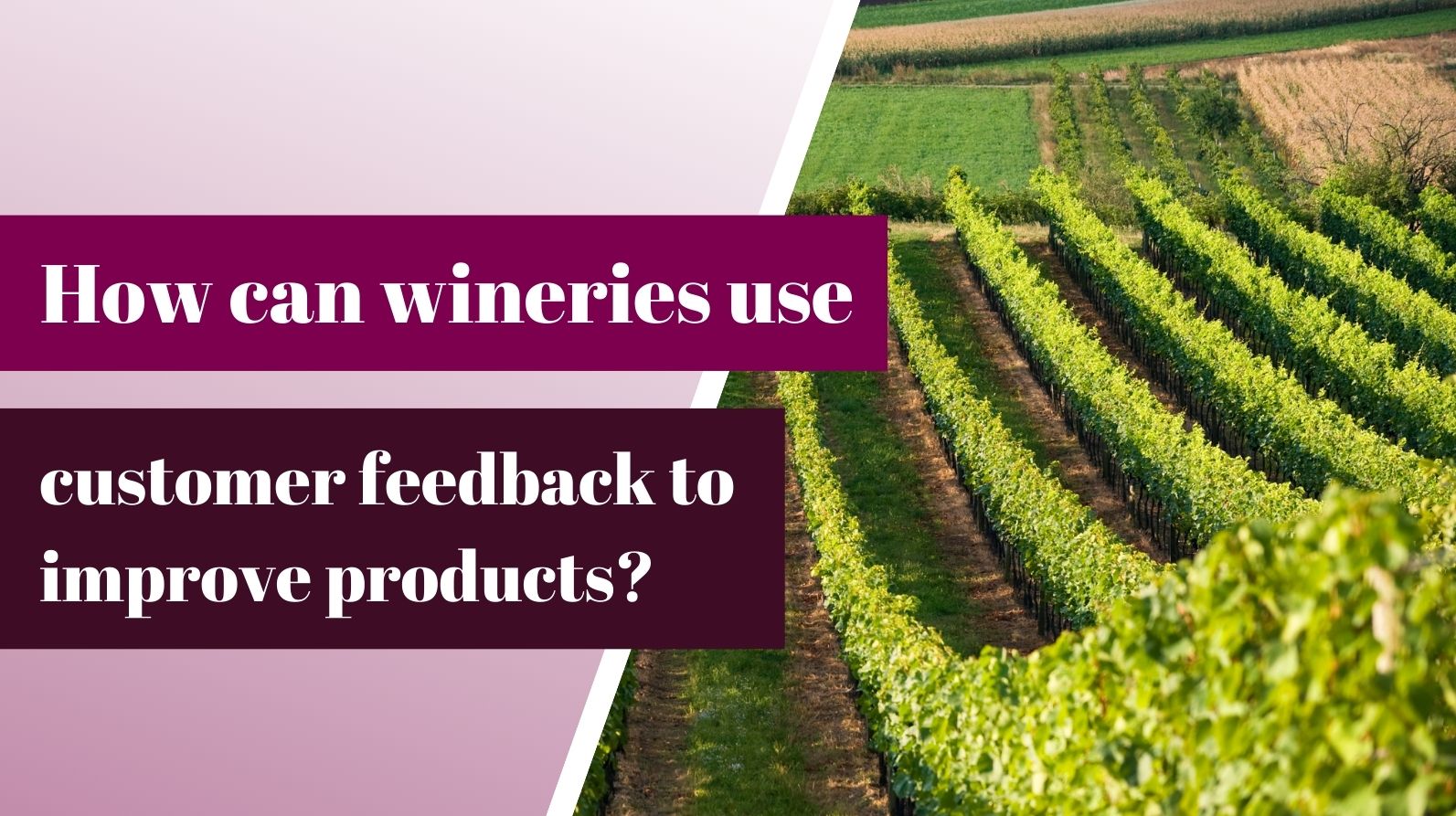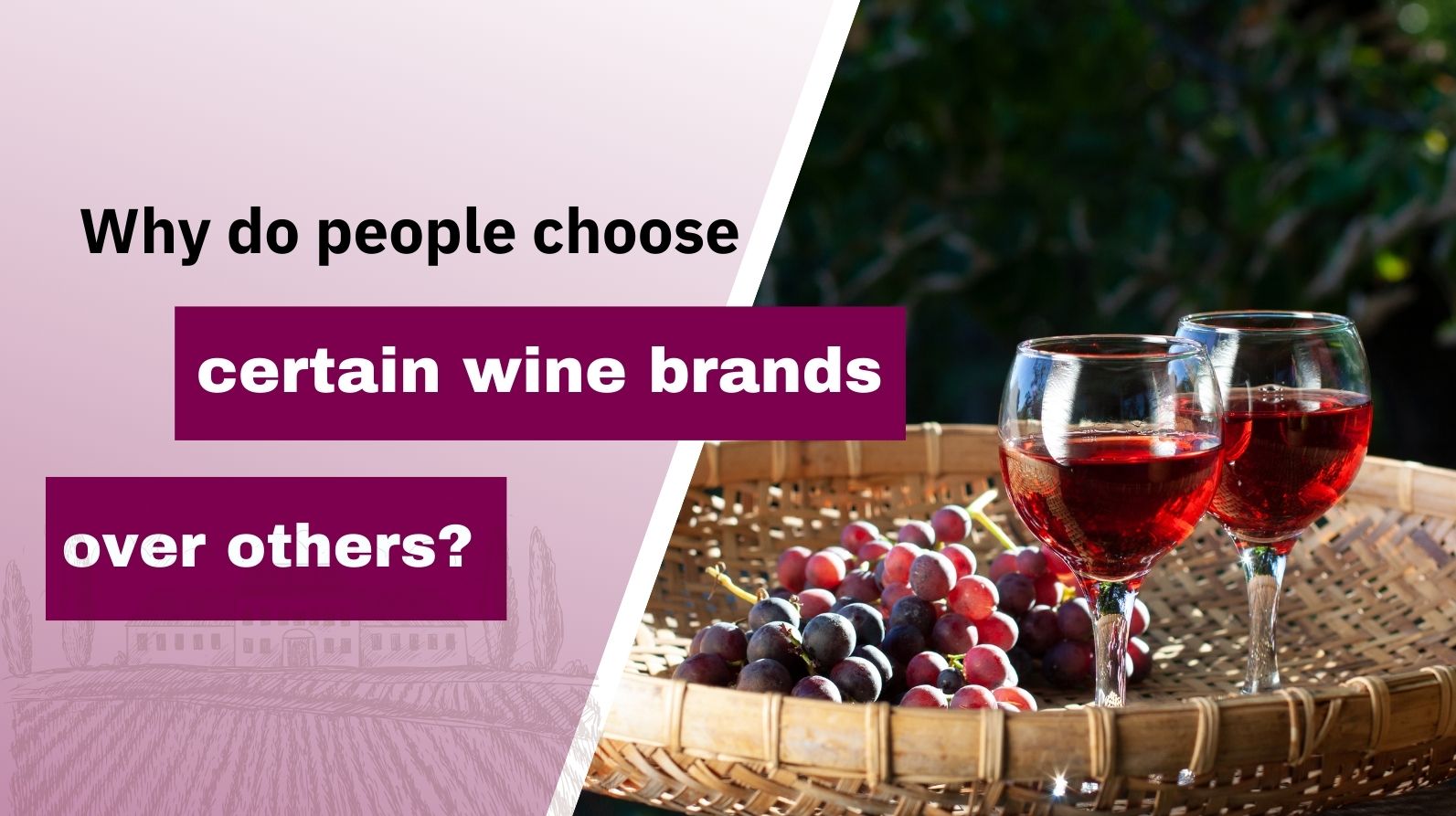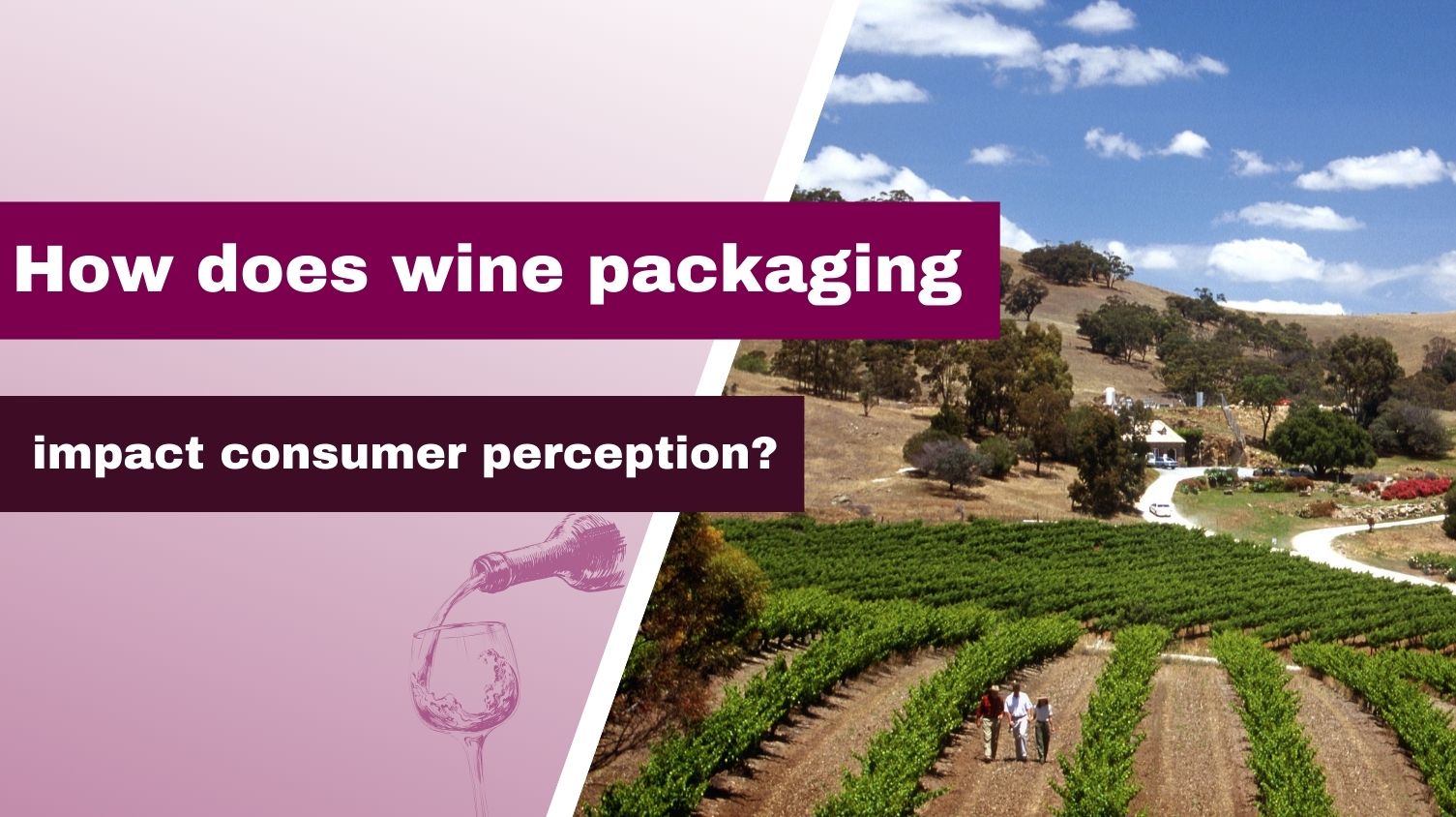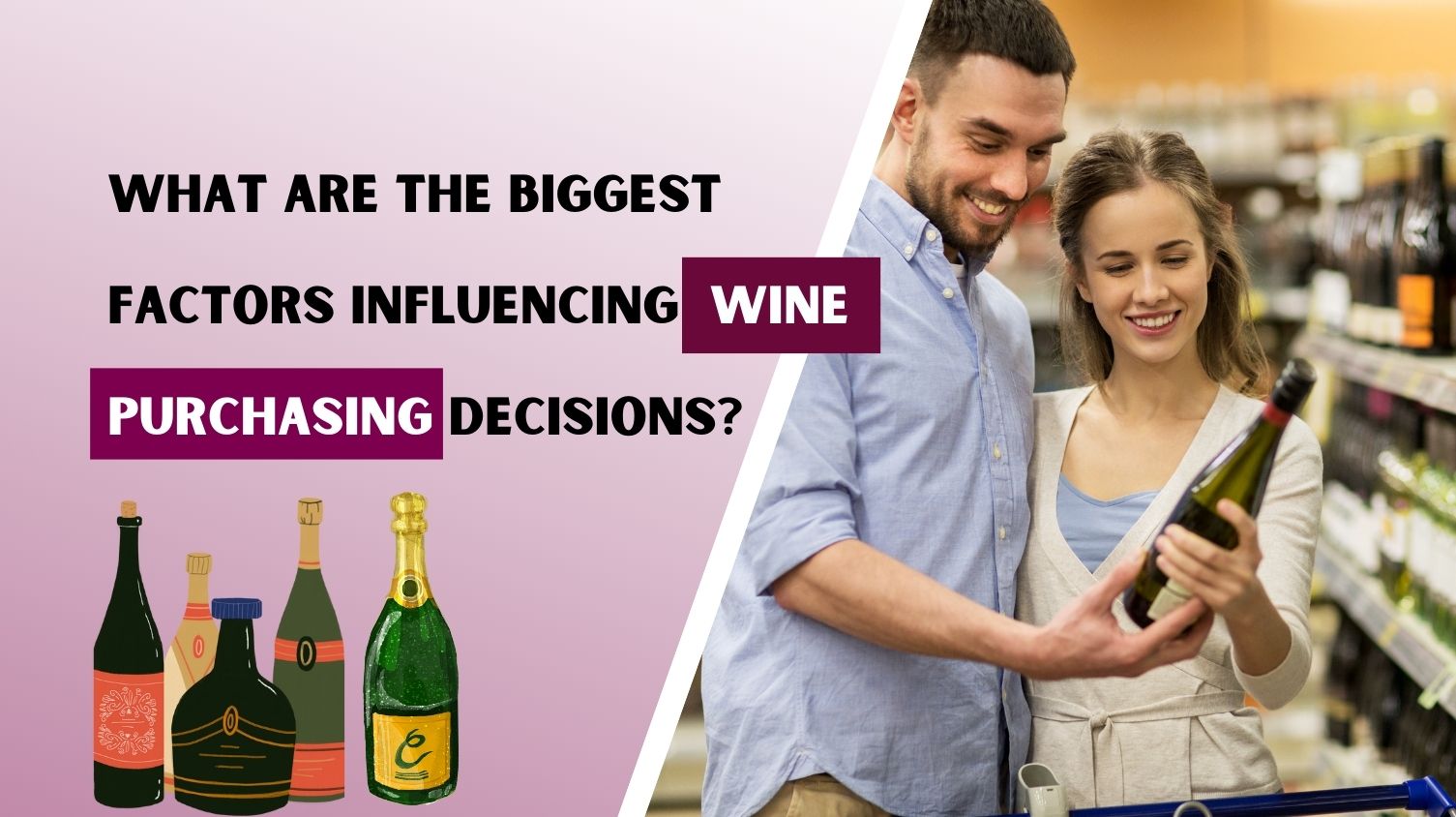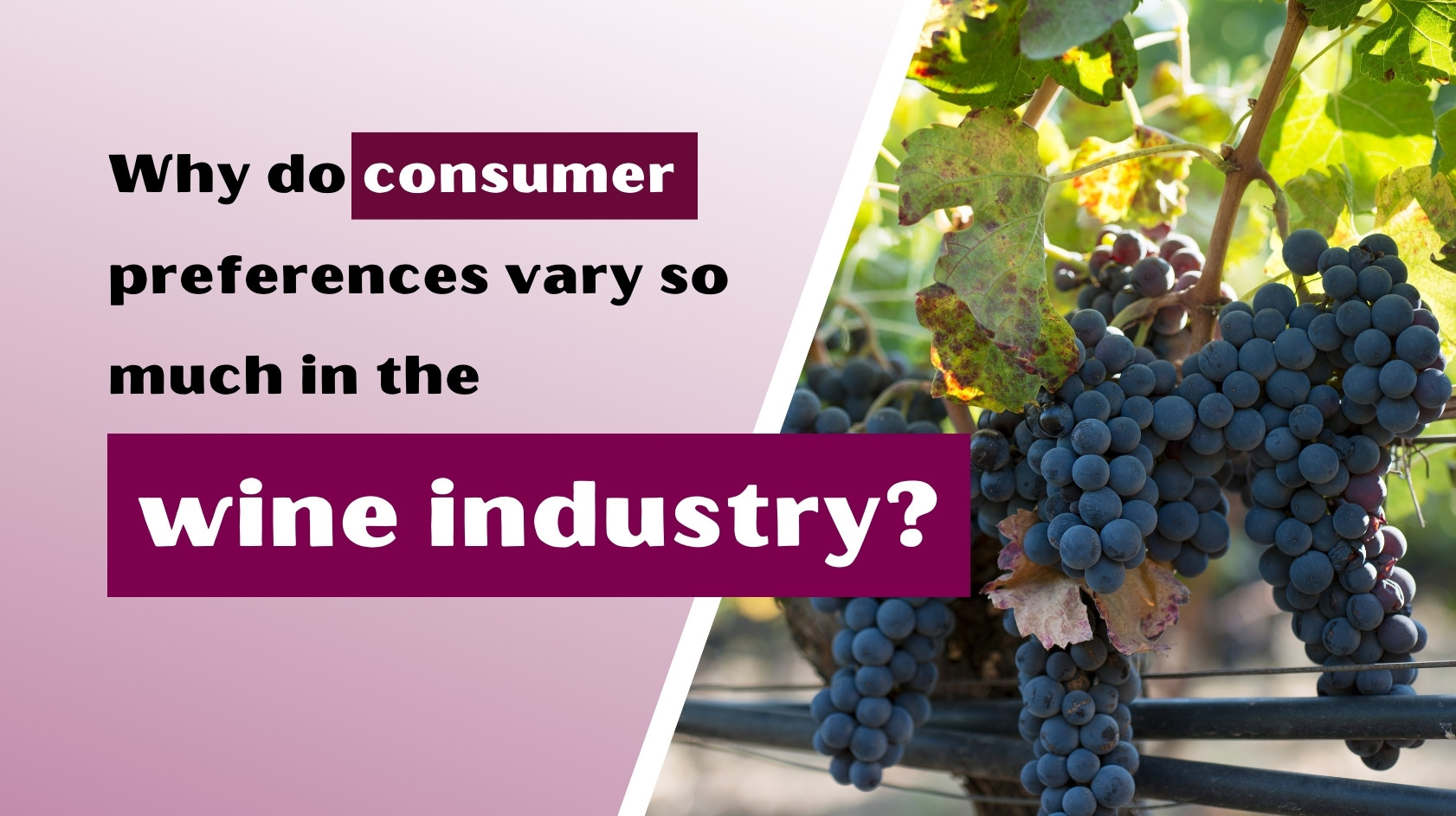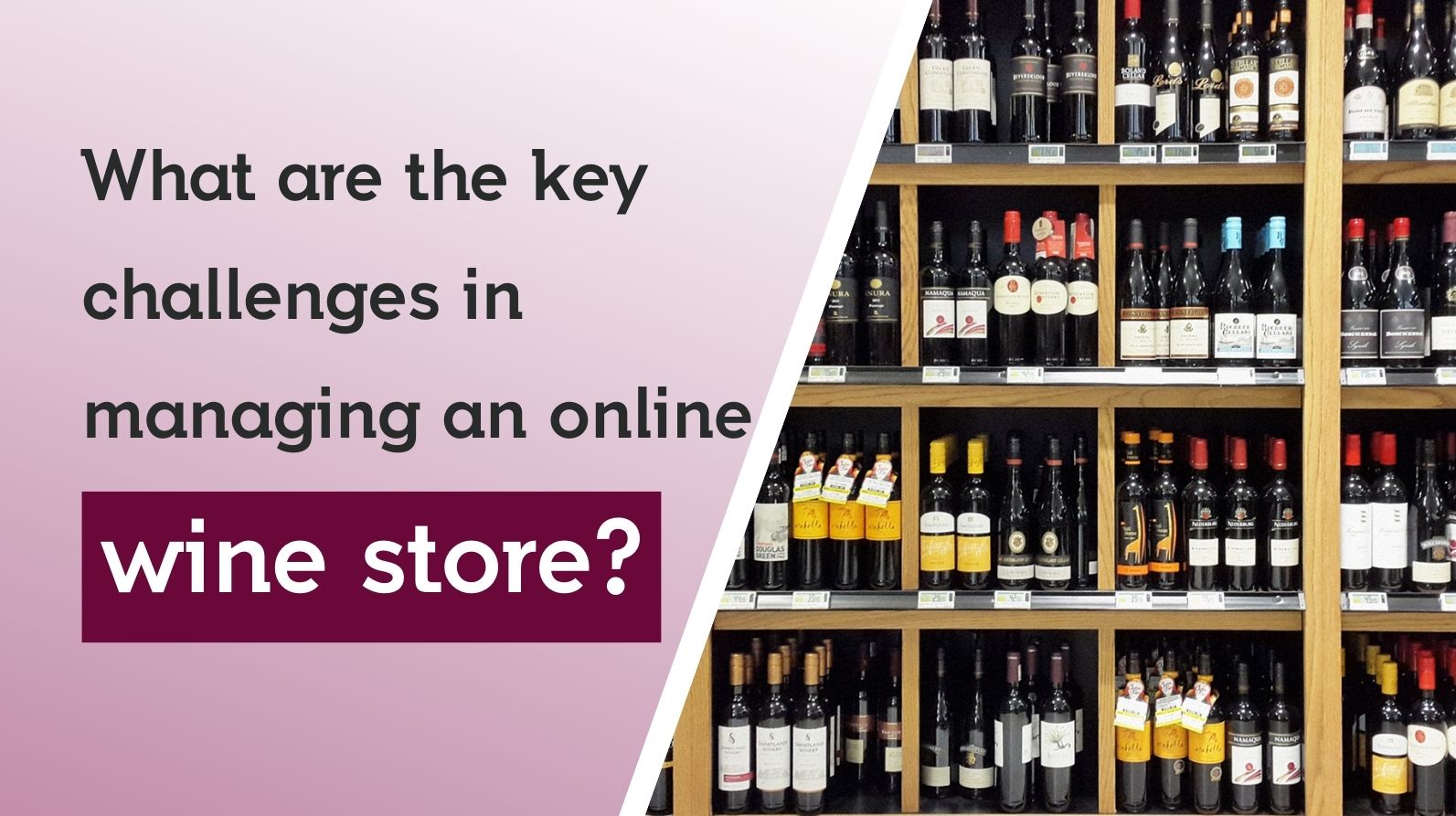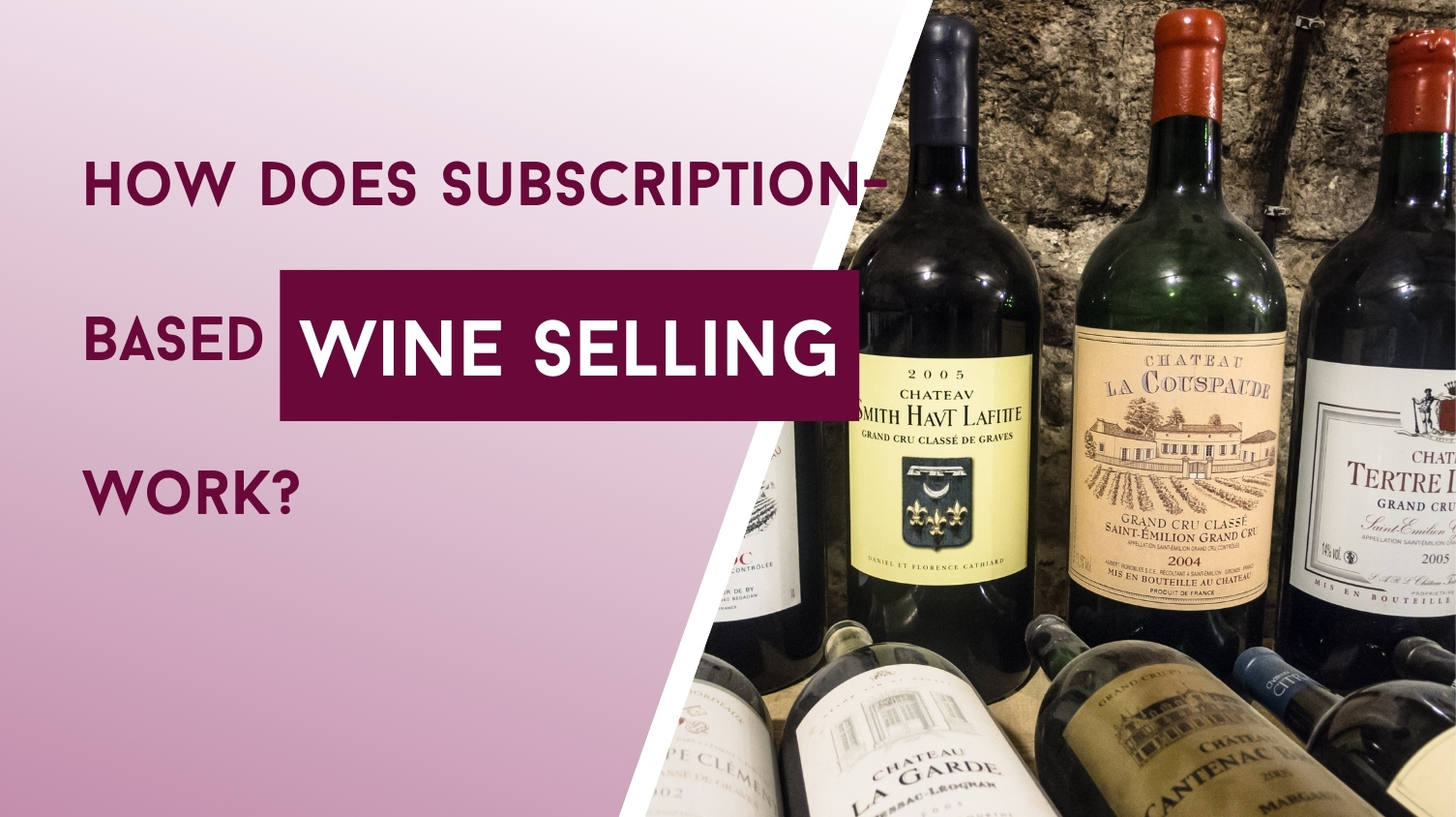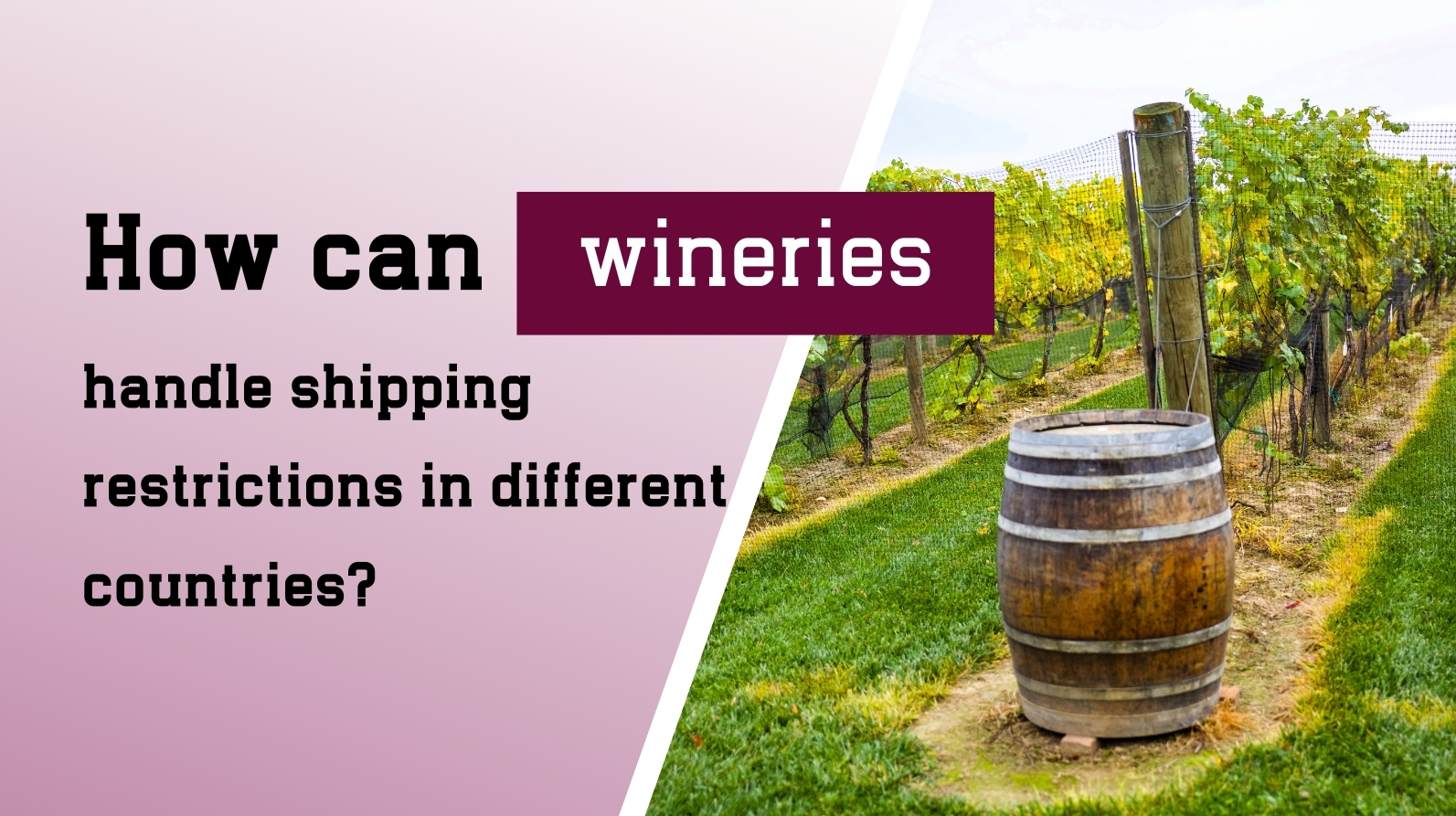How Wineries Can Use Data Analytics to Boost Online Sales in 2025
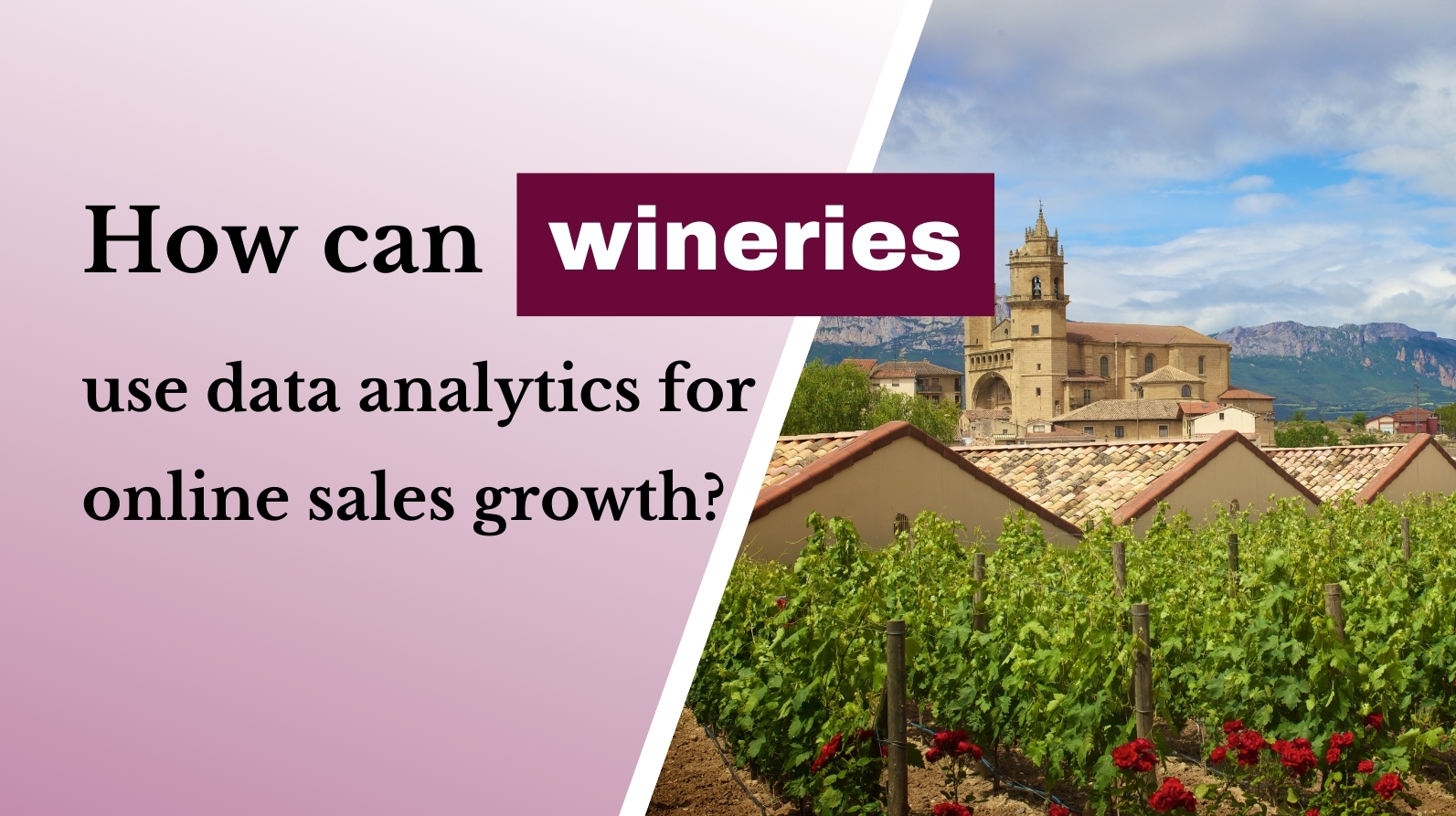
What is Data Analytics in the Wine Industry?
Data analytics means gathering, organizing, and studying data to find helpful information. For wineries, this includes looking at customer behavior, sales trends, and online activity. This helps them understand what buyers want and how to sell better.
1. Personalizing the Customer Experience
People love when something feels made just for them. Wineries can look at customer data like past purchases or website visits to offer personalized wine suggestions and special deals. This makes shopping more fun and encourages people to come back.
For example, if a customer always buys red wine, the website can show them new red wine arrivals they might like.
2. Making Marketing More Effective
Wineries spend money on things like emails, social media ads, and promotions. Data helps track what’s working and what’s not. If more customers are clicking on email links than Facebook ads, wineries can put more effort into emails.
This way, marketing budgets are used wisely, and results are better.
3. Smarter Inventory Management
No one wants to run out of wine or have too much sitting in storage. By looking at past sales, wineries can guess which wines will be popular and when. This helps them keep the right amount of stock and avoid waste.
4. Keeping Loyal Customers
Getting a new customer is harder and more expensive than keeping one. Data helps wineries understand why customers come back and what makes them happy. They can then create loyalty programs or special offers just for repeat buyers.
5. Spotting New Market Trends
Trends change fast. Maybe organic wines are becoming more popular, or rosé is making a comeback. Data shows what people are searching for and buying so wineries can adjust their products and marketing to match.
6. Setting the Right Prices
Using data, wineries can set prices that attract customers but also bring in profits. Prices can change during special seasons or events. Data shows when it's best to offer discounts or raise prices.
7. Forecasting Future Demand
Predictive analytics means using old data to guess future sales. This helps wineries plan ahead—like making sure they have enough bottles ready for the holidays or during summer when wine sales go up.
8. Improving the Website
A good website helps sell more wine. Tools like Google Analytics show how people use the site—what pages they visit, where they leave, and what they buy. Wineries can use this info to improve the site and make it easier to shop.
9. Adding Helpful Chatbots
AI chatbots are like friendly helpers on a website. They can answer questions, recommend wines, or help with orders, even when no staff is online. This keeps customers happy and can lead to more sales.
10. Using Social Media Data
Social media isn’t just for fun—it’s a great tool for business. By studying likes, comments, and shares, wineries learn what content their followers enjoy. They can create posts that connect better with their audience and bring more people to their online store.
11. Better Email Marketing
Email is still a powerful tool. With data, wineries can send the right emails to the right people. For example, a customer who buys sweet wines might get a newsletter about new sweet wine arrivals. This makes emails more personal and effective.
12. Watching the Competition
Wineries can also use data to see what their competitors are doing—like their pricing, promotions, and reviews. This helps them stay competitive and change strategies when needed.
13. Strengthening Customer Relationships
When data is connected to a CRM system (Customer Relationship Management), wineries get a full view of each customer’s journey. This helps them send personalized messages, offer better service, and improve the overall experience.
14. Marketing Based on Location
Data can show where customers are coming from. If a certain city or state has lots of wine buyers, wineries can target ads or run special promotions in that area. This focused approach can increase brand awareness and sales.

